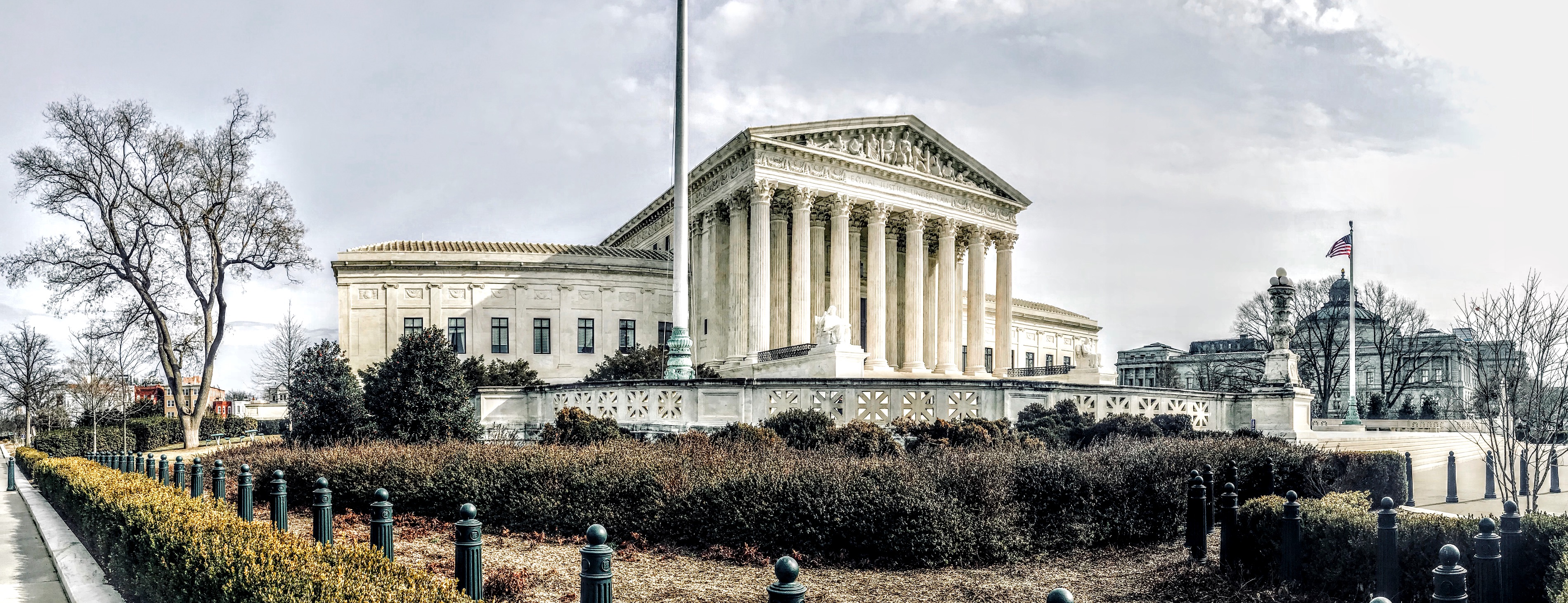How SCOTUS Made Wave Of Voting Restrictions Possible | Supreme Court Advocacy Gender Gap Persists
May 10, 2021
ALL THANKS TO THE CHIEF
|Republicans across the country are enacting the most significant voting restrictions in generations — and it’s all thanks to the Supreme Court and CHIEF JUSTICE JOHN ROBERTS. Greg Stohr and Margaret Newkirk with Bloomberg report the court’s 2013 Shelby County decision made the current wave of voting restrictions possible. It gutted the Voting Rights Act requirement that states with a deep history of discrimination must get preclearance from the federal government before changing their voting rules. “The Shelby County decision is one of two major high court rulings that could boost GOP election prospects in the coming years. In the other, the court ruled in 2019 that judges can’t toss voting maps for being too partisan — a decision likely to disproportionately help Republicans given their control over this year’s redistricting in key states, including Texas and Florida. Both were written by Roberts, who has become a pariah in conservative circles for his votes on other issues, including Obamacare.”
TIME TO FACE THE CHANGE
|Ian Millhiser with Vox similarly notes that SCOTUS made the GOP’s voting restrictions possible. He writes, “Not that long ago, these attacks on democracy would have run headlong into a skeptical judiciary. Now they are likely to be upheld.”
TOP-ED
|In The Washington Post, Erwin Chemerinsky makes the case for JUSTICE STEPHEN BREYER’S retirement this term and writes, “It’s a difficult choice, of course, to step down from one of the most revered and consequential positions in our constitutional system — particularly for someone still capable of doing the job superbly, as Breyer is. But there are also times when the stewards of our system must put the good of an institution they love, and of the country they love, above their own interests. They have to recognize that no one, not even a brilliant justice, is irreplaceable, and that the risks presented by remaining are more than hypothetical.”
A MAN'S WORLD
|Kimberly Strawbridge Robinson with Bloomberg Law reports on the “persistently wide gender gap” at the Supreme Court lectern. This term, men outnumbered women advocates 125 to 28. She writes, “The Supreme Court bar is overwhelmingly white and male. While the Justice Department contributes heavily to the disparity, law firms account for much of it. They put forward 61 males at argument in 58 cases, compared with 10 women.”
IS BIGGER BETTER
|In The Washington Post, Clifford J. Carrubba, Matthew J. Gabel, Jay N. Krehbiel, Sivaram Cheruvu and James F. Spriggs II present their analysis of historical and comparative data which reveals increasing the number of justices on the Supreme Court would make it more productive and contribute to greater consistency in U.S. law.
